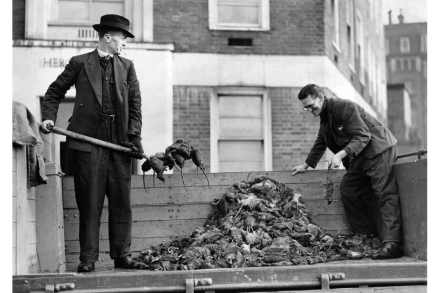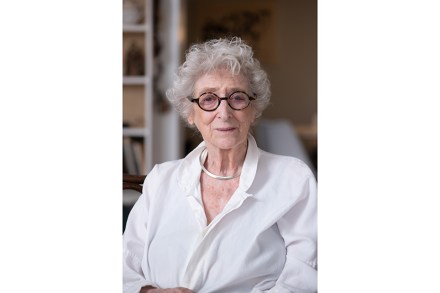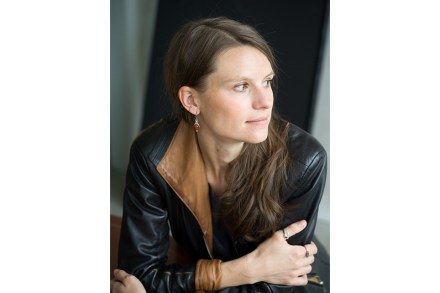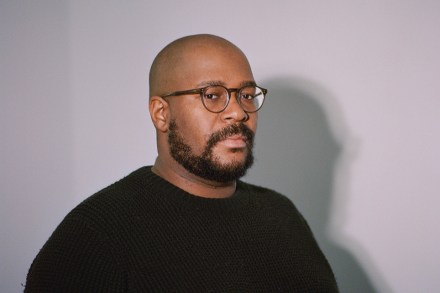What rats can teach us about the dangers of overcrowding
The peculiar career of John Bumpass Calhoun (1917-95), the psychologist, philosopher, economist, mathematician and sociologist who was nominated for the Nobel Peace Prize and was the subject of a glowing article in Good Housekeeping, comes accompanied with more than its fair share of red flags. He studied how rodents adapted to different environments and specifically how the density of a population affects an individual’s behaviour. He collected reams of data but published little, and rarely in the mainstream scientific journals. He courted publicity, inviting journalists to draw from his studies of rats and mice apocalyptic conclusions about the future of urban humanity. Charged with reducing the rat population of Baltimore,




